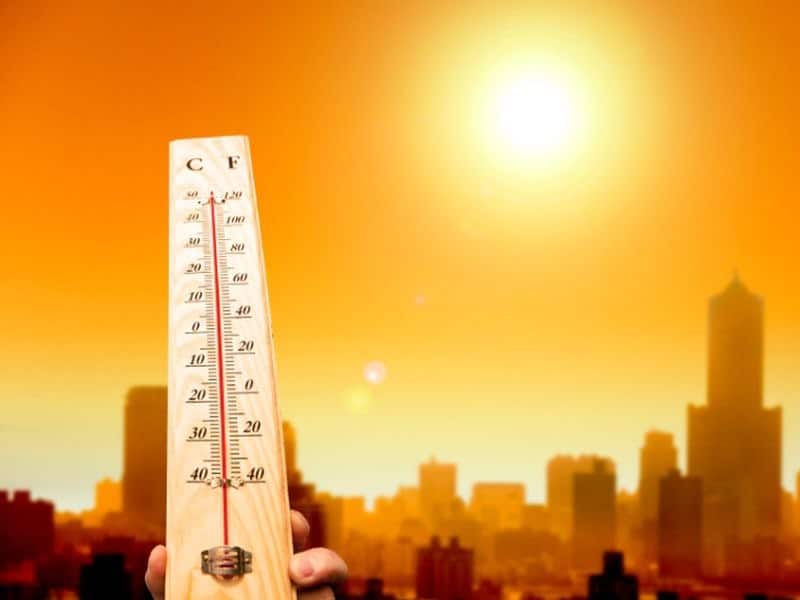MONDAY, Aug. 20, 2018 (HealthDay News) — In what can be described as a vicious catch-22, approximately 5 to 9 percent of exacerbated air-pollution-related deaths will be due to increases in power sector emissions from the extra air conditioning use resulting from climate change, according to a study published online July 3 in PLOS Medicine.
David W. Abel, from the University of Wisconsin-Madison, and colleagues used an interdisciplinary linked model system to quantify the impacts of heat-driven adaptation through cooling demand for buildings in the eastern United States on air-quality-related health outcomes in a representative midcentury climate scenario.
The researchers found that by midcentury, 3.8 percent of the total increase in fine particulate matter (PM2.5) and 6.7 percent of the total increase in ozone (O3) will be attributable to extra air conditioning use (adaptation). Air conditioning adaptation will account for 654 of the PM2.5-related deaths, a 4.8 percent increase above climate change impacts alone (approximately $6 billion cost) and 315 of the O3-related deaths, an 8.7 percent increase above climate change impacts alone (approximately $3 billion cost).
“This analysis highlights the need for cleaner energy sources, energy efficiency, and energy conservation to meet our growing dependence on building cooling systems and simultaneously mitigate climate change,” the authors write.
Copyright © 2018 HealthDay. All rights reserved.



